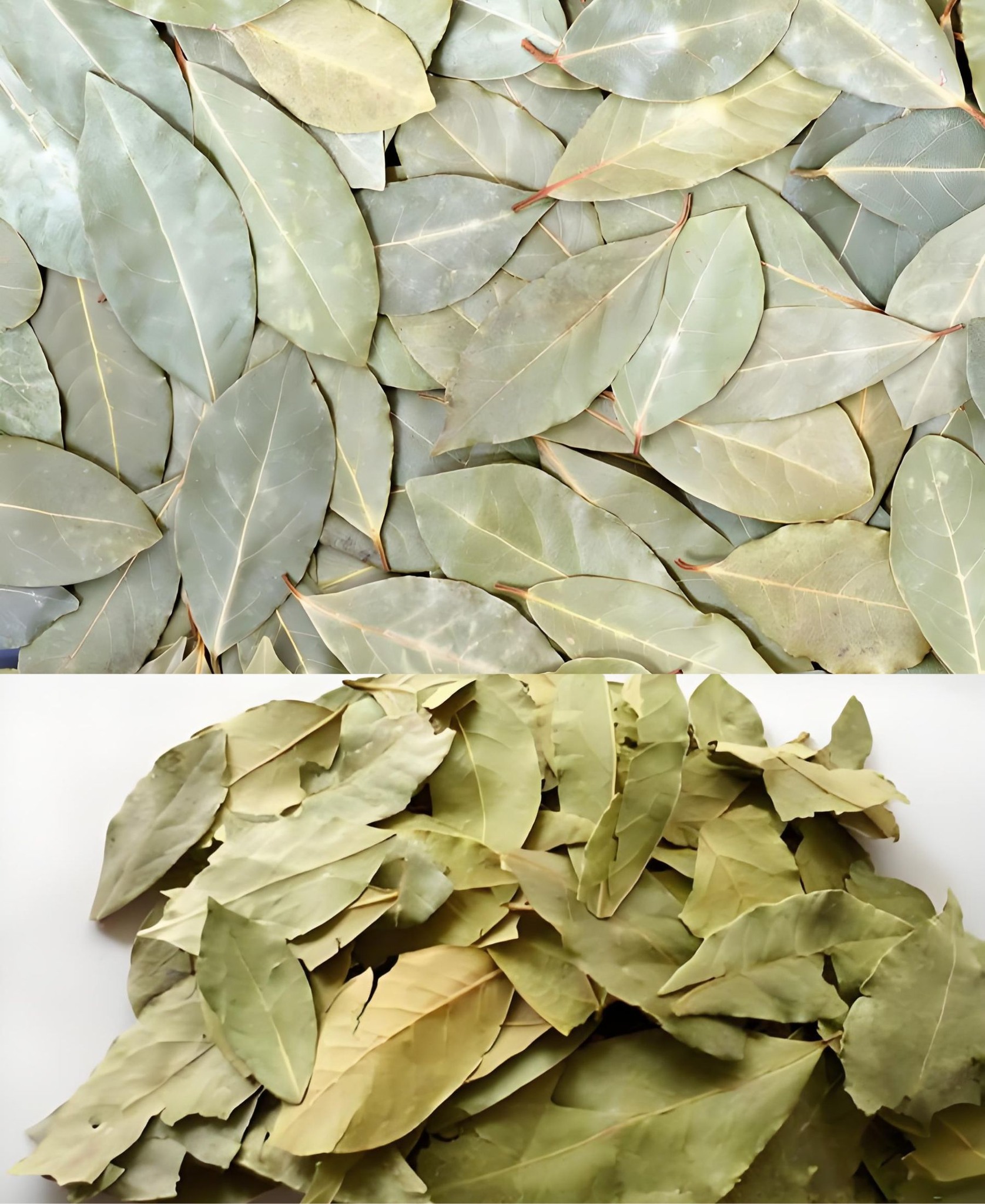
With the arrival of warmer weather, our homes often see an unwelcome increase in insects like ants and cockroaches. Fortunately, there are effective natural methods to discourage these pests without harming your home’s biodiversity or your pets.
The Power of Natural Repellents
Ditch the chemicals and open your cupboard to find natural solutions. White vinegar is a versatile ally in combating these pests. You can either wipe down surfaces with a vinegar-soaked sponge or spray diluted vinegar in areas where insects frequent. Similarly, baking soda mixed with sugar can create an unwelcoming environment for ants and cockroaches, encouraging them to leave.
Harness the Repellent Properties of Bay Leaves
Among the most effective natural repellents is the bay leaf, renowned not just for its culinary uses but also for its ability to keep pests at bay. The compounds eucalyptol, cineol, and pinene make bay leaves a natural deterrent for ants and cockroaches.
To maximize the effectiveness, crush the bay leaves to release their potent scent and place them in strategic areas around your home. Remember to replace the leaves regularly to maintain their strong aroma. You can also place bay leaves in containers like sugar bowls to protect from insect invasions.
Multipurpose Benefits of Bay Leaves
Beyond repelling insects, bay leaves offer antifungal properties that help fight mold in damp areas of your home. For a homemade antifungal spray, mix two tablespoons of salt, three chopped bay leaves, and water in a spray bottle. Apply this mixture to affected areas for several days to eliminate mold and restore freshness.
A Note of Caution
While bay leaves are safe and beneficial around the home, be cautious with plants that resemble them. Oleander and cherry laurel, for example, are toxic and should not be confused with culinary bay leaves. Always ensure you are using the correct variety to avoid health hazards.
By utilizing these simple and natural strategies, you can enjoy a pest-free home this spring without the need for harsh chemicals.
Share Article: